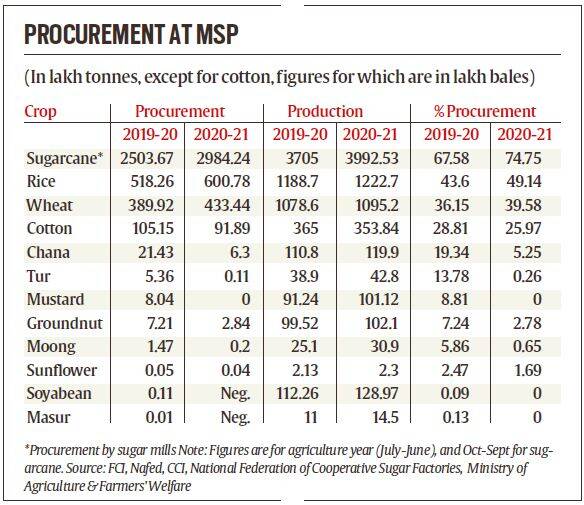7667766266
enquiry@shankarias.in
Why in news?
Farmer unions want the government to enact legislation conferring mandatory status to MSP in addition to repealing 3 farm laws.
What is MSP?
How MSP is determined?
Why are the unions seeking legal guarantee for MSP?
How can that entitlement be implemented?
What is the existing mechanism that enforces private players to pay at least the MSP?
What is the current situation with respect to procurement through Government agencies?

What is Price Deficiency Payments Scheme?
What would be the fiscal cost of making the MSP legal?
What are the limitations?
What need to be done?
Reference